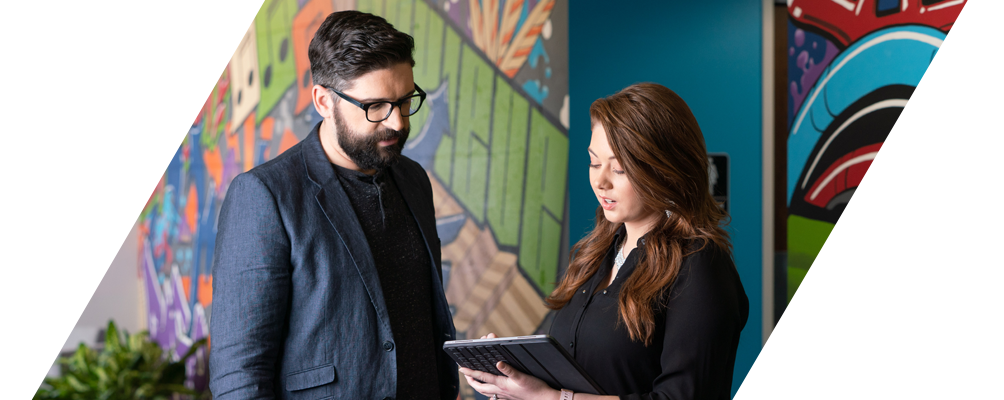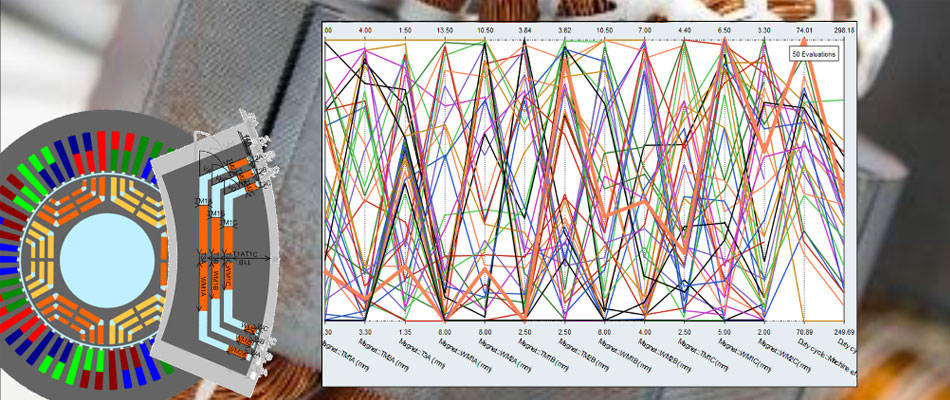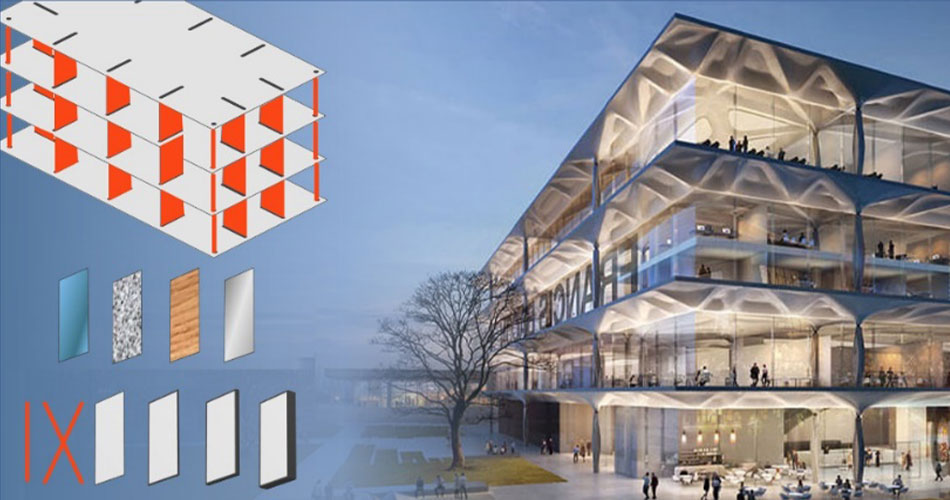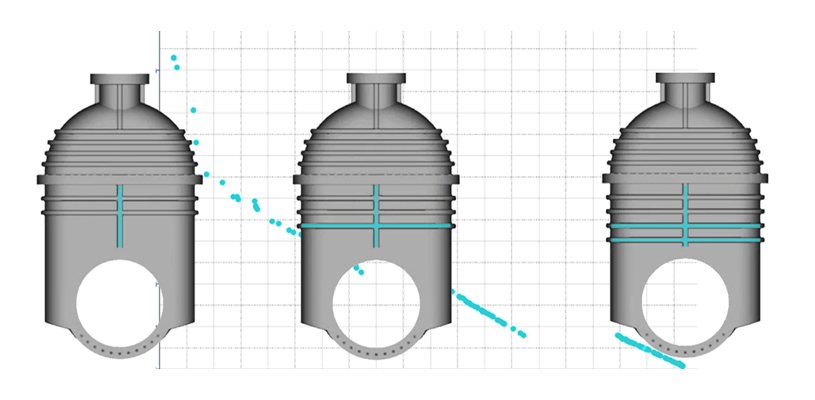
Altair® HyperStudy® Applications
The landscape of optimization in engineering has radically changed. From design fine-tuning through to complex multiphysics projects or studying sets of data, HyperStudy helps multidisciplinary teams gain insight from complex models, explore and create new concepts with a variety of inputs, determine best compromises or support their decision-making. Optimization is now strategic to any industry to accelerate key engineering tasks: overall efficiency and performance optimization, cost savings, reduction of physical testing, aesthetic and ergonomic design, lightweighting without impacting safety or reliability, and to simply reduce the development time.
Learn More About HyperStudy
Gaining Insight with Design Exploration
Combining engineering data science with design exploration is the new powerful approach helping designers and engineers from all industries to improve their designs effectively. By using an automatic process for data creation, collection and for import of data sets, HyperStudy enables the design space to be smartly and efficiently explored leading to dramatic time savings. Automatic data analysis, through a broad portfolio of data-mining tools, is essential to gain insight, understand trends and make better decisions, while developing innovating new concepts.

Accelerating Multidisciplinary Solutions
When performing multidisciplinary optimization, the main challenge is to orchestrate all the pieces of the puzzle. Indeed, knowledge and requirement inputs from multidisciplinary teams are necessary to come up with an optimal global solution. The use of sharable approximation models is a convenient way to explore designs with respect to various physical analyses without being an expert in each one. Working in the same environment helps initiate new synergies between design and operation, while considering constraints like operating costs.

Calibrated Models for Accurate Predictions
Increasing pressure on improving equipment performance are pushing the limits of simulation predictions. In most cases, model input parameters are hard, if not impossible to determine, and material data tends to be average values produced by suppliers. Calibration by optimization offered by HyperStudy allows tuning of material characteristics with respect to experiments. From composites to magnetic materials, HyperStudy provides an easy way to attain accurate models by minimizing the difference between simulation vs measurement.

Balanced Solutions
Reliability-Based Design Optimization (RBDO) methods, such as SRO in HyperStudy, come up with compromise solutions with respect to both performance and robustness requirements. For instance, the passenger’s safety is essential if a vehicle crashes. A seat design needs to be as lightweight as possible while conforming to security requirements with certain level of reliability. Consequently, mass reduction and the reliability on constraints (e.g. max deformation or displacement) are considered within the same optimization process.
Effective Exploration Methods
Modern architectural design firms face the challenge of offering innovative designs exploiting new materials, while balancing form and function with sustainability initiatives all within delivery schedules. For large scale of architectural, engineering, and construction (AEC) projects, frequent change orders while retaining on-time delivery pressure is common. HyperStudy capabilities for design exploration and optimization bring novel technologies to traditional simulation methods. It enables a broader community of designers and civil engineers to confidently and rapidly apply simulation both earlier and throughout AEC projects, from design guidance to validation, to deliver safe constructions, on time.
Automating CAD Geometry Exploration
In many engineering projects, CAD geometries are used to define FE models and run analysis. In order to perform design exploration studies and optimization on CAD-based FE models, an automated process is required including CAD, Preprocessor, Solver and Design exploration tools. Altair® SimLab® and HyperStudy offer an efficient solution to implement CAD tools into an automated simulation-driven design exploration and optimization process.

Meet Challenging Time-to-Market Requirements
Both the time-to-market of a product and its performance are particularly important in the medical domain where a solution delivered on time really changes peoples’ lives. Simulation technology combined with design exploration and machine learning enables engineers to meet those challenges effectively.




